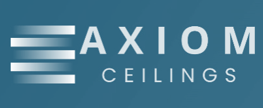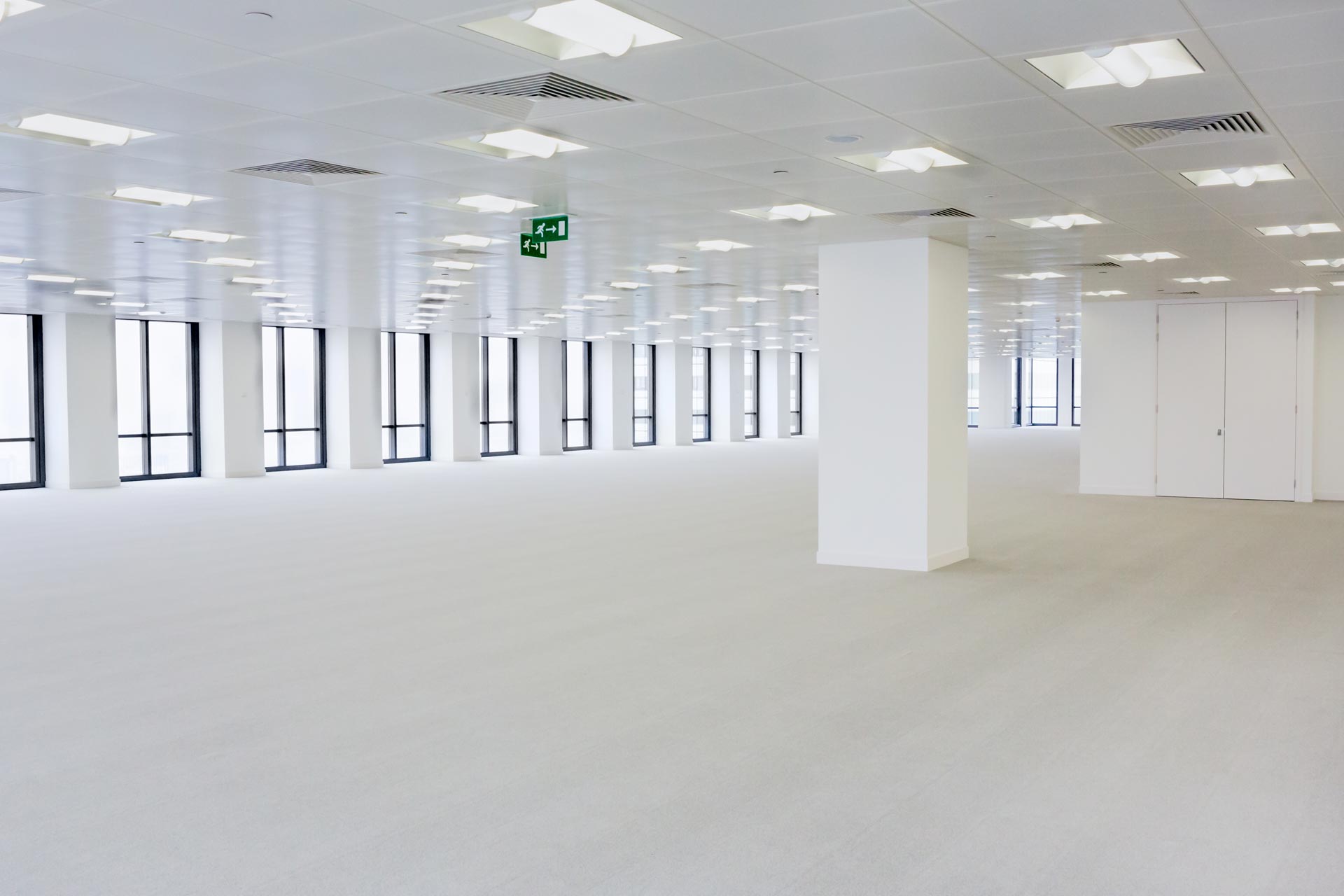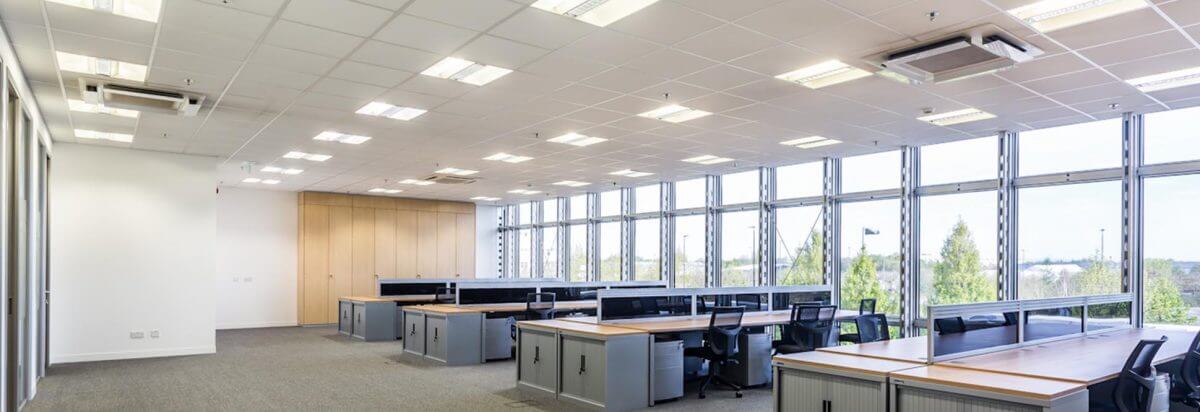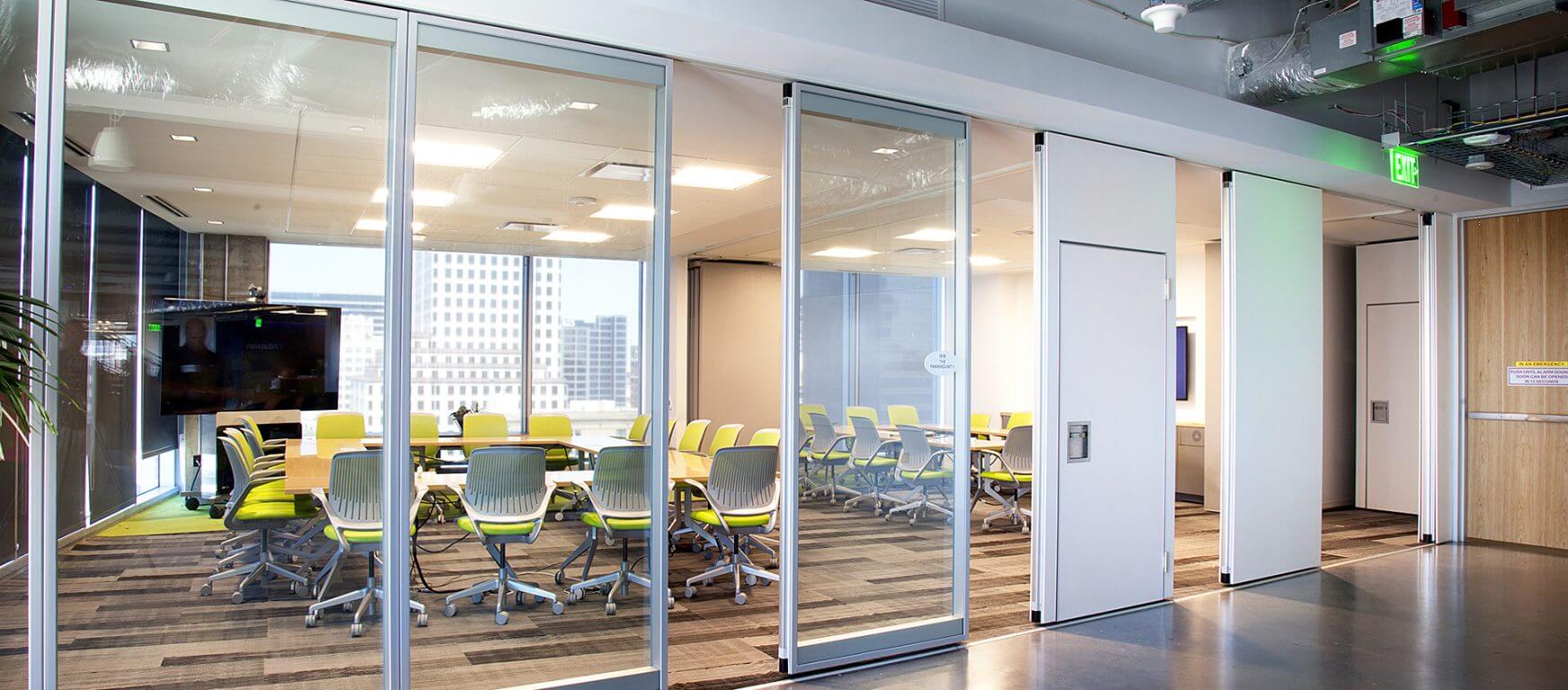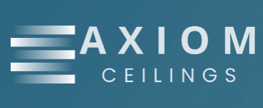Dry Lining
What is Dry Lining?
Dry lining is a construction method used to create internal walls and ceilings without the need for traditional wet plastering. This technique involves attaching plasterboard (gypsum board) directly to existing walls or ceilings using adhesive or metal framing systems. It provides a smooth finish that can be painted or decorated, making it a popular choice for both residential and commercial projects.
Benefits of Dry Lining
- Speed of Installation: Dry lining is significantly faster than traditional plastering methods. The boards can be installed quickly, reducing overall project timelines.
- Cost-Effective: By minimizing labor time and material costs, dry lining can be a more economical choice for many building projects. It also reduces the need for extensive drying times associated with wet plastering.
- Improved Insulation: Dry lining provides better thermal and acoustic insulation compared to traditional methods, enhancing comfort in both residential and commercial spaces.
- Minimal Disruption: The dry lining process produces less mess and fewer disruptions than traditional plastering, making it ideal for renovations and occupied spaces.
- Versatility: Suitable for various applications, dry lining can be used to create curved walls, ceilings, and other architectural features that add character to any space.
Types of Dry Lining Systems
- Dot-and-Dab Method: This technique involves applying adhesive dots to the wall and then fixing plasterboard onto them. It’s a quick and effective way to achieve a flat surface.
- Metal Stud Framing: Ideal for partition walls, this method uses a framework of metal studs to support plasterboard, allowing for the creation of robust, straight walls.
- Acoustic Dry Lining: Special acoustic plasterboards can be used to reduce sound transmission, making them suitable for offices, schools, and other noise-sensitive environments.
Applications
Dry lining is perfect for various environments, including:
- Residential Properties: Ideal for new builds, extensions, and renovations, providing a smooth finish for living spaces.
- Commercial Spaces: Useful for creating partition walls and ceilings in offices, retail spaces, and hospitality environments.
- Educational Institutions: Enhances classrooms and learning environments with improved acoustics and insulation.
- Healthcare Facilities: Provides clean, easily maintainable surfaces that meet stringent hygiene standards.
Installation Process
- Assessment and Planning: Evaluate the space and determine the best dry lining method and materials for your project.
- Preparation: Clear the area and ensure all necessary tools and materials are available before beginning installation.
- Framework Installation: If using metal stud framing, install the framework to provide support for the plasterboard.
- Board Installation: Attach the plasterboard sheets to the wall or ceiling using the chosen method (dot-and-dab or screws).
- Finishing Touches: Tape and joint the seams, then apply a suitable finish to prepare the surface for painting or decorating.
Why Choose Axiom Ceilings?
At Axiom Ceilings, we specialize in high-quality dry lining solutions tailored to meet your specific needs. Our skilled team ensures a professional installation process, delivering results that enhance both the functionality and appearance of your space. Whether for residential renovations or large-scale commercial projects, we are committed to exceeding your expectations with our innovative dry lining services.
Transforming Spaces, Enhancing Collaboration.
Redefining Workspaces for Maximum Efficiency and Collaboration.
Office partitions offer a versatile solution to optimize space utilization, enhance privacy, and foster collaboration in modern work environments, accommodating diverse work styles and promoting productivity.
More Than Just a Ceiling When you think about upgrading your commercial space, it’s easy to focus on furniture, paint colours, or signage. But one of the most overlooked features — your ceiling — can have the biggest impact on your space’s appearance, performance, and energy efficiency. At Axiom Ceilings, we’ve helped businesses across the
How Suspended Ceilings, Dry Lining and Partitions Can Transform Your Commercial Space A well-designed commercial space can do far more than look good — it can boost productivity, save energy, and even help improve your bottom line. At Axiom Ceilings, we specialise in suspended ceilings, dry lining, and partition wall systems that make your interior
As businesses continue to adapt to changing work environments, flexibility in office design has become more important than ever. Partition systems offer an efficient way to create dynamic workspaces that can be easily adjusted as needs evolve. In this post, we’ll explore how partition systems can improve your office layout and support a more flexible
